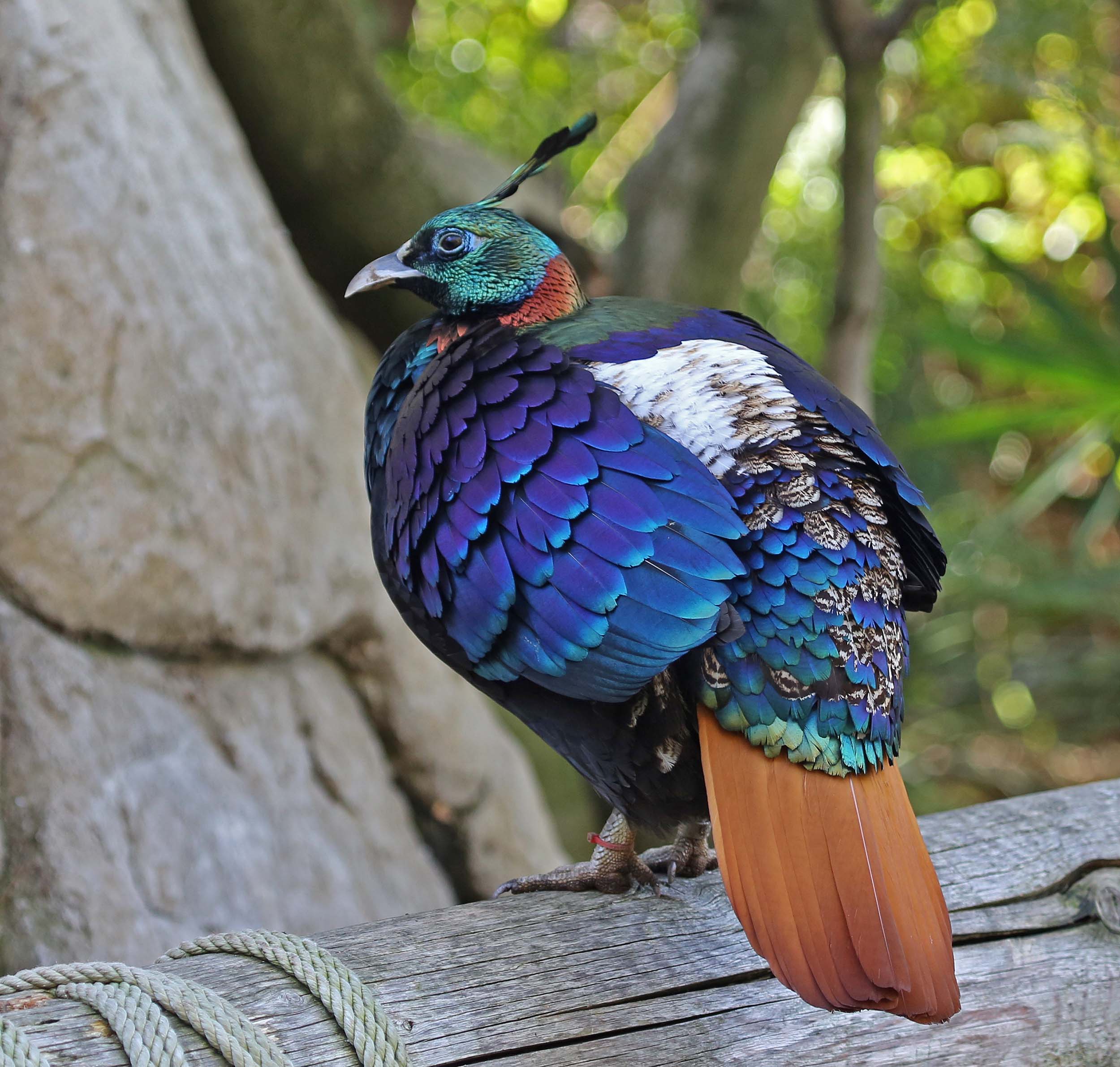
Definitely, not the ones to shy away from communication. The iridescent rainbow-like plumage of the male is surpassed only by the slightly larger Chinese monal (Lophophorus lhuysii). They are also known to have a range of calls to express everything from raising an alarm to calling out to a potential mate. Himalayan Monal The Himalayan Monal, also regionally known as the Impeyan Monal or the Impeyan Pheasant, is a stunningly colorful member of the Pheasant family. A stunningly colourful member of the pheasant family, the Himalayan monal is the national bird of Nepal. Special Adaptations: Their are sharp edges on the birds mandible that are important in cutting and splitting plants that are very tough. So here is an entire story dedicated to this handsome bird!īefore we get onto their morphology, habitats and mating rituals, how about some fun facts? Did you know that Himalayan Monals are frequently mentioned in Nepali songs? They are called Danfe in the local language. It is a relatively large sized bird averaging 2.3 feet (70 cm) in length, the weight of males and females. We would be lying if we did not say that we are utterly fascinated by the Himalayan Monal. The Himalayan Monal Pheasant (Lophophorus impejanus). RM 2A2N004Lophophorus impeyanus, Print, The Himalayan monal (Lophophorus impejanus), also known as the Impeyan monal and Impeyan pheasant, is a bird in the. Over the years, we have received numerous Himalayan Monal images-of its colours glistening in the sunlight against the backdrop of Sikkim's hilly terrain, perched on a cliff or as an iridescent blot of colour amid white snow. Whether you are one of the lucky ones to witness this bird in all its glory in person or you are just looking at a photograph-the Himalayan Monal always leaves an impression. Such photonic modulation can be utilized in colour selective filters and sensing devices.There is something about encountering a Himalayan Monal. The colour shift response of feathers was different in the case of alcohols and other water-based solutions, suggesting different swelling behaviour of keratin against different liquids the water-based solution had the more pronounced effect. The shift in colour was suggested to be due to the swelling of the keratin layer of barbules that absorbed liquids and as a result modified the refractive index and periodicity of the internal photonic structures.

A quick reversible change in colours of these feathers was observed when they were soaked in water and other liquids, which reversed upon drying.

The feathers exhibited interesting hydrophobic properties, with the dull-coloured proximal end showing lower hydrophobicity with a contact angle between 90° and 110° compared with the iridescent distal end of a feather exhibiting a contact angle between 115° and 120°, attributed to the change in the internal structure and/or density of the feathers. Sharp changes in the reflected brilliance were observed from the feathers upon changing the illumination conditions, such as horizontal and azimuthal angles.
#Himalayan monal bird download
Here, we have studied the internal structure of its feathers from different parts of the bird's body and showed that its beautiful colours and iridescence are due to photonic structures present in the internal structure of the feathers. Download stock pictures of Himalayan monal on Depositphotos Photo stock for commercial use - millions of high-quality, royalty-free photos & images. The Western tragopan (Tragopan melanocephalus) is recorded in the IUCN Red List of 2017 as a Vulnerable bird species in Pakistan. The bird possesses spectacular iridescent plumage with a range of different metallic colours.

Himalayan Monals are also often called Impeyan Mo. It is a Schedule I bird according to wildlife (Protection) act, 1972 and. Himalayan Monals are one of the most beautiful birds in the world. citation for factsheets for more than one species: BirdLife International (2022) IUCN Red List for birds.

The Himalayan monal is a bird in the pheasant family, and it is the national bird of Nepal. Himalayan Monal is mostly found in the higher altitudes of the Himalayan state in the range of 2500 meter to 5000 meters.


 0 kommentar(er)
0 kommentar(er)
